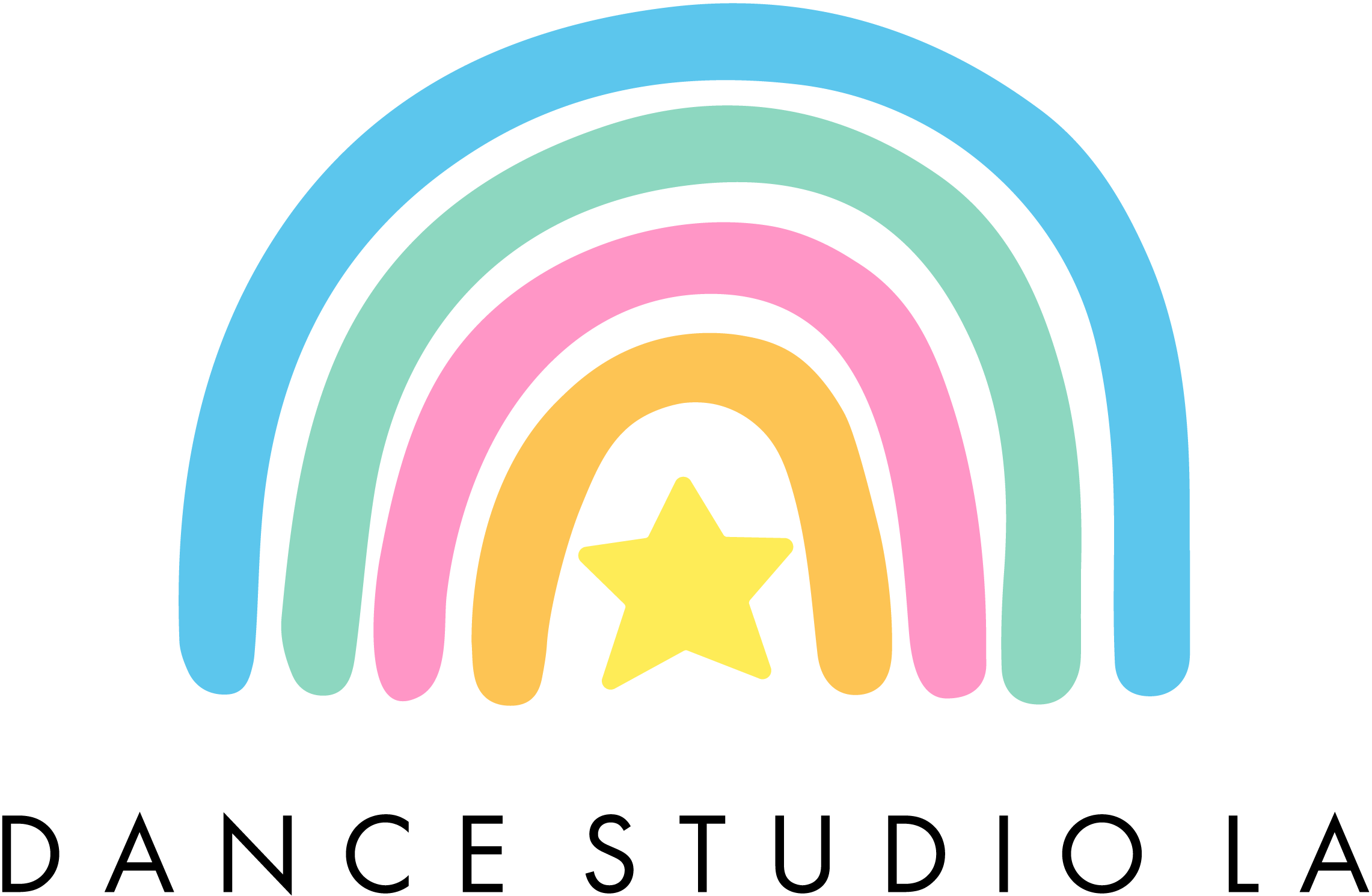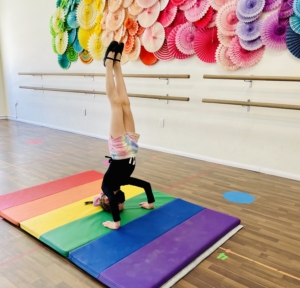We’re half-way through the summer, and even though school’s out, life certainly hasn’t slowed down. Packed with vacations, summer camps, parties, and outdoor activities, summertime can be one of the busiest, most active time of the year- and also, the hottest. These elements combined have a powerful effect on the body, which makes practicing self care during this season not only paramount, but also, potentially life-saving.
This is where our new July blog series steps in: Summer Self-Care Essentials. Each week, we highlight an area of health & wellness to inspire you to connect with your physical wellbeing and ultimately, ensure that your ideal “summer bod” is one that is balanced, nourished, and healthy.
But first, let’s take a look at how the hotter temperature during summer months can affect our bodies.
As humans, its built into our biological make-up to experience physical changes alongside seasonal ones. While winter time is the more severe season on average, summer offers its own set of challenges for our physiological climate to accommodate, including changes to the functionality of the heart, lungs, gastrointestinal and nervous systems. Due to the increase in temperature, studies suggest our bodies are more vulnerable to dehydration, heat stroke, decreased lung function, and, especially, an impaired mental state with summer months usually boasting more admissions to the ER for mental healthcare services than winter.
Keeping this in mind, let’s jump into this week’s first summer self-care essential: MOVEMENT.
No matter the time of year, implementing a physical activity into one’s self-care routine empowers one to have awareness of and take responsibility for one’s physical wellbeing. Depending on the activity, integral functions of the body, such as the cardiovascular, nervous, and respiratory systems, are engaged, leading to benefits like stronger muscles, reduced stress, increased mobility, and the release of certain brain chemicals- like endorphins- which promote positive feelings and also combat depression.
Without further ado, let’s dive into some summer movement tips for your summer self-care routine:
- Hydrate- Before, during, and after your workout, be sure to drink water! Its our number 1 tip for a reason. As mentioned above, when the environment warms up, it makes the body more vulnerable to heat related afflictions that can take a serious, sometimes fatal toll on our bodies. Among a number of benefits, water helps regulate body temperature, maintain blood pressure, protects joints during movement, prevents dehydration, and boosts energy to stave off lethargy.*More on water and it’s benefits in our next blog post, but keep reading along for more movement related tips below!*
- Cool off- Consider indoor/outdoor activities that will not only help you break a sweat, but will also keep you cool. Below are a few of our favorites:
Indoor activities: dance class, barre classes, yoga, pilates, gymnastics, strength training at a gym, stationary bike, treadmill, indoor rock climbing, racquet ball, basketball, at-home workout
Outdoor activities: swimming, surfing, hiking, walking/running, jump-roping, soccer, baseball, softball, golfing, cycling, inline skating, skateboarding
- Slow down- No need to stack your routine with long, high intensity workouts to achieve your summer fitness goals. The one thing you DO NOT want to do is overexert yourself.
To start, try peppering your workout routine with shorter, lower intensity exercises to accommodate both the physiological and seasonal change (see above for ideas and inspiration). It’s usually recommended to commit to 20-30 mins, 3 x a week, and practice consistency in whatever activity you choose to do.
Also, consider dedicating 5 -10 min of your routine specifically to cooling down after exercising; this helps with easing your body back into a regulated state by decreasing the heart rate, expanding your intake of oxygen, and enhancing relaxation.
Hope you enjoyed the first of our Summer Self-Care Essentials series! Stay tuned for next week’s post, and be sure you’re signed up to receive our newsletter, so you don’t miss a beat!
![]()



